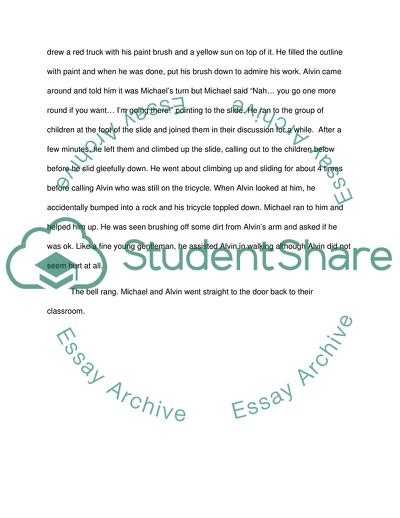Cite this document
(Child observation Essay Example | Topics and Well Written Essays - 1750 words - 2, n.d.)
Child observation Essay Example | Topics and Well Written Essays - 1750 words - 2. Retrieved from https://studentshare.org/psychology/1783638-child-observation
Child observation Essay Example | Topics and Well Written Essays - 1750 words - 2. Retrieved from https://studentshare.org/psychology/1783638-child-observation
(Child Observation Essay Example | Topics and Well Written Essays - 1750 Words - 2)
Child Observation Essay Example | Topics and Well Written Essays - 1750 Words - 2. https://studentshare.org/psychology/1783638-child-observation.
Child Observation Essay Example | Topics and Well Written Essays - 1750 Words - 2. https://studentshare.org/psychology/1783638-child-observation.
“Child Observation Essay Example | Topics and Well Written Essays - 1750 Words - 2”. https://studentshare.org/psychology/1783638-child-observation.


